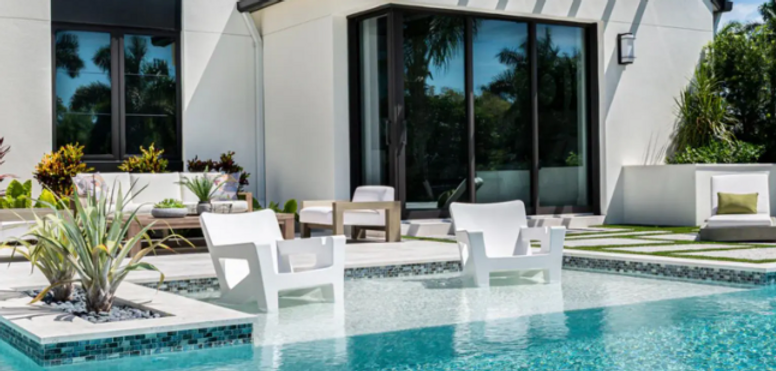The Pool Builder Blog "Around The Pool" is a valuable resource for homeowners considering a new pool or looking for maintenance tips. It typically features expert advice on pool design, construction processes, budgeting, and choosing the right materials. The blog may also cover topics like pool safety, landscaping ideas, energy-efficient pool solutions, and the latest industry trends. Additionally, it can showcase past projects, customer testimonials, and seasonal maintenance guides to help pool owners keep their investments in top shape. Whether you're planning a new installation or upgrading and Remodel an existing pool, The Pool Builder "Around The Pool" offers insights to make informed decisions.

